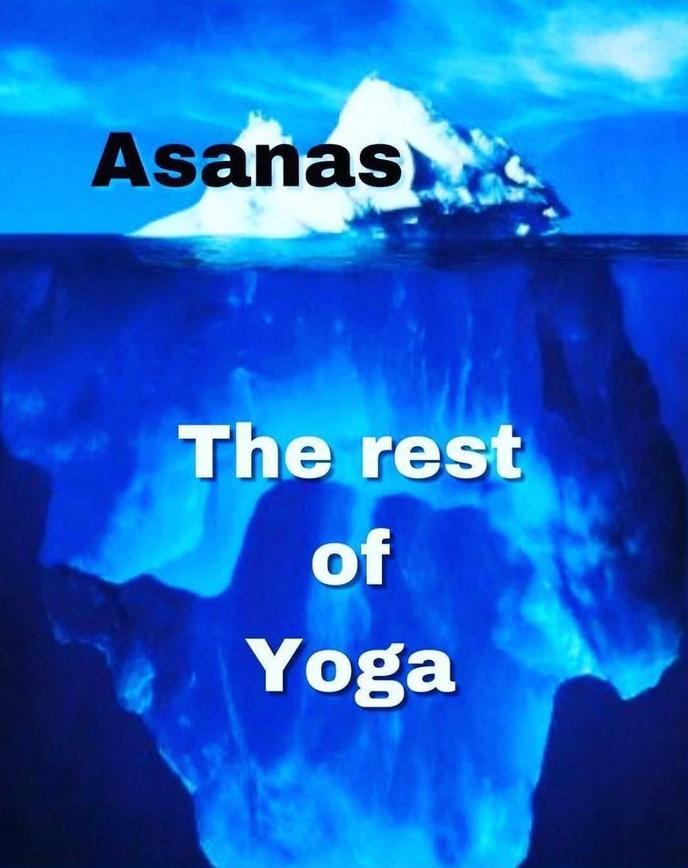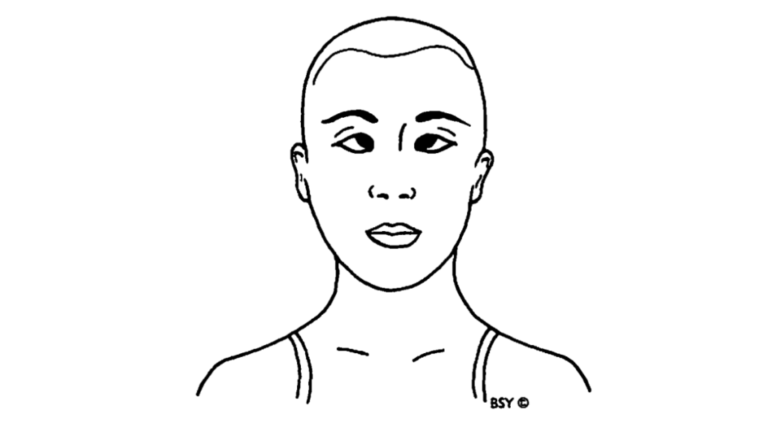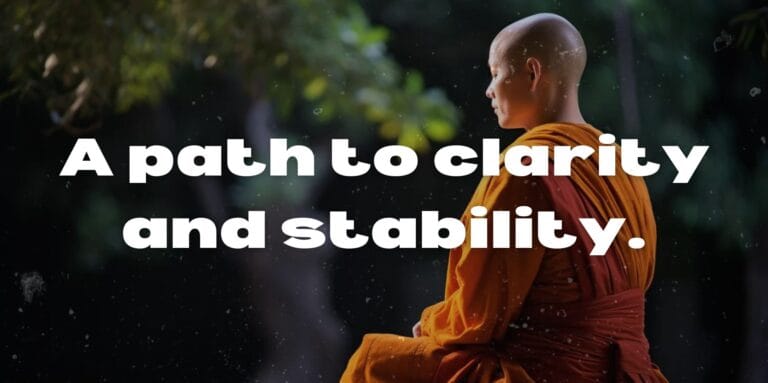- Asana | Philosophy | Raja Yoga
Asanas in Yoga
Normally, asana encompasses the entire practice of a yoga sadhak (practitioner), as it is one of the most visible and accessible aspects of yoga. However, in this graphic, we are presented with a different perspective: the iceberg. On the surface, we see only the asana – the visible part, much like the tip of the…
Shambhavi Mudra
Find Clarity, Peace & Intuition, and Re-set Your Sleeping Patterns with Shambhavi Mudra Shambhavi Mudra, often referred to as the “Eye Brow Centre Gesture,” is a powerful technique in yoga that can help you tap into deep inner wisdom and balance. This mudra involves focusing the gaze at the third eye (the area between the…
Brahmari
The adjective “Bhramari” can be translated from Sanskrit as “sweet as honey” or “that which produces ecstasy.” This powerful pranayama practice, often associated with the sound of a bee’s hum, evokes feelings of calm and inner joy. Bhramari pranayama has an immediate relaxing effect on the brain. When practiced consistently, even for just a few…
Keep Looking at the Dot
We’d love to know what inspires your yoga practice and teaching. Feel free to share your thoughts by leaving a reply in the form below.
Learn how to perform Shitali Pranayama
Sit in a comfortable, upright position, such as Sukhasana (easy pose) or Vajrasana (diamond pose). Close your eyes gently and take a few deep breaths to relax your body and mind. Curl the tip of your tongue into a U-shape, resembling a rolled-up tube. Inhale slowly and deeply through the curled tongue as if you…
Kumbhaka
A State where there is no inhalation, no exhalation, and no mind. Kumbhaka, in yogic practices, refers to the retention of breath—holding the breath after inhalation or exhalation. It is often seen as a state of profound stillness and concentration, where there is no conscious breath movement, and the practitioner can transcend ordinary thought patterns….
A path to Clarity and Stability
While Yoga can be a powerful tool for fostering clarity and stability, the journey itself is deeply personal. That is why external influences can’t replace individual effort. Yoga is a deeply personal journey, and while external influences like teachings, mentors, and guidance can certainly help illuminate the path, the real work happens within. It’s that…
Akasha
Akasha is associated with emptiness, spaciousness, and potential. It’s seen as the underlying essence that allows for the other four elements (vayu – air, prithvi – earth, tejas – fire, and jala – water) to manifest and interact. In yoga, the element of akasha is linked to the cavities and spaces within the body, including…
Prana, Nadis, Granthis?
We have all heard about prana and nadis at one point, but what about the granthis? Ah granthi! It is another important concept in yogic philosophy, often mentioned alongside prana and nadis. Here’s what it signifies: Meaning: Yogic context: Impart of granthis: Working with granthis: So, granthi represents the “knots” within us that hinder our…









